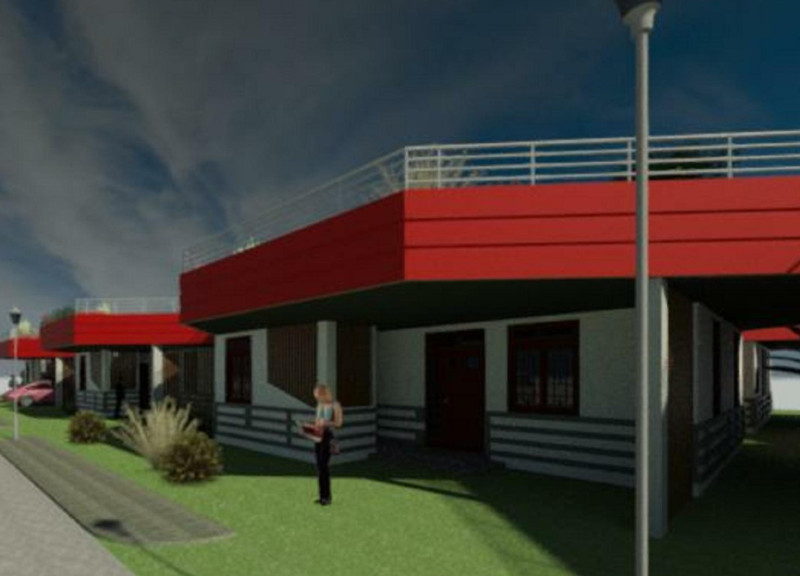5 key facts about this project
The Bagua Houses project is located in a rural part of China, designed specifically for local farmers who are looking for modern living spaces that respect their traditions. This community aims to blend contemporary architecture with elements rooted in local culture, focusing on the principles of feng shui. By using the Bagua as a guiding structure, the design encourages a balanced living environment that nurtures both individual and communal needs.
Design Concept
The core of the design revolves around an octagonal shape inspired by the Bagua. This layout organizes the homes in a way that aligns with cultural beliefs while enhancing their functionality. Each residence corresponds to one of the eight trigrams of the Bagua, creating distinct areas that relate to different aspects of life. This thoughtful arrangement not only offers a familiar structure to the users but also improves the practical use of each space.
Cultural Integration
Three key elements shape the project: Custom, Connection, and Choice. “Custom” recognizes the agricultural background of the residents, allowing them to maintain farming practices that are important to their identity. “Connection” emphasizes the need for social interaction among neighbors, fostering a sense of community. “Choice” allows families to personalize their homes, making each space a true reflection of their individual lifestyles and preferences.
Sustainable Features
An important aspect of the design is the Green Roof, which supports traditional farming methods while introducing modern practices like aquaponics and hydroponics. This feature promotes sustainability and helps residents stay connected to their agricultural roots. Additionally, the "Room of Choice" offers flexibility in how spaces can be used. Whether it serves as extra storage, a work area, or an additional bedroom, this adaptability meets the changing needs of families over time.
The color palette used in the project features white, red, brown, gray, and black. White predominates in the exterior design, helping to create a unified look that also reduces heat absorption, contributing to energy efficiency. The choice of colors and design elements reflects both cultural significance and environmental responsibility, resulting in a community that is both practical and visually harmonious.


























